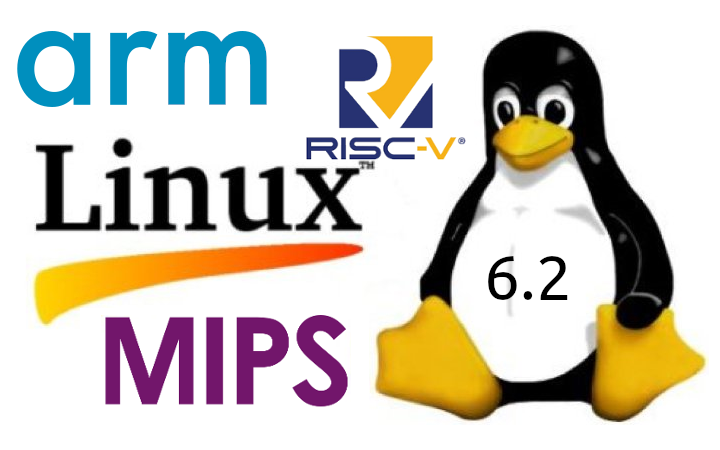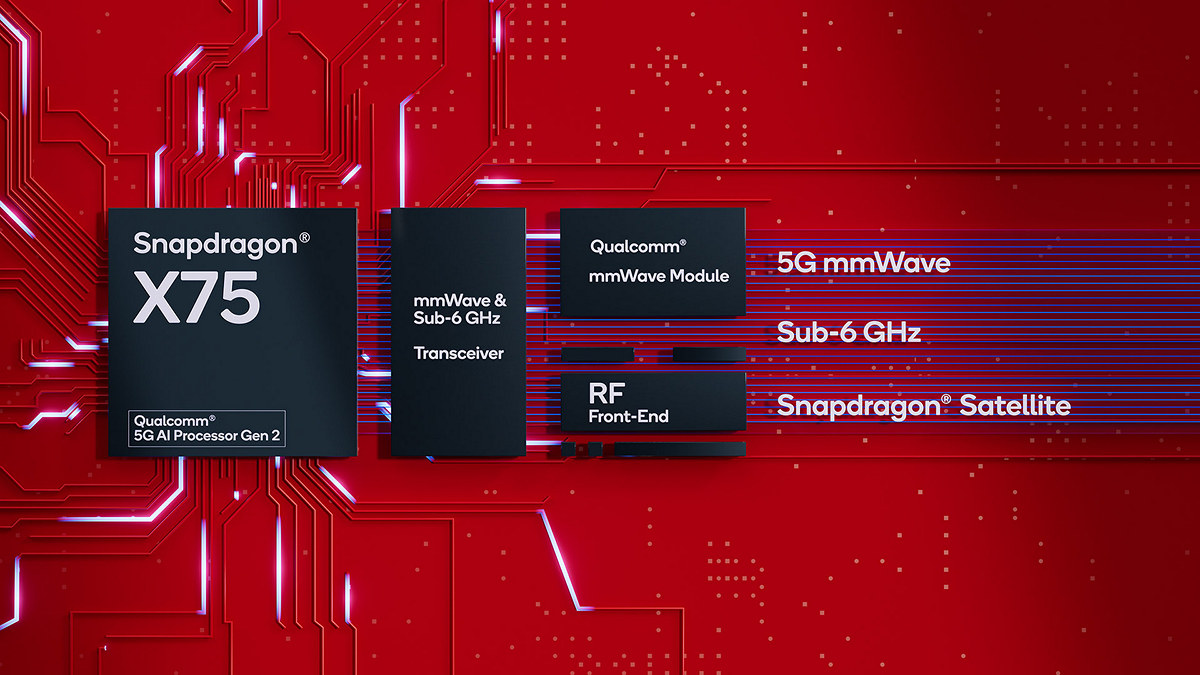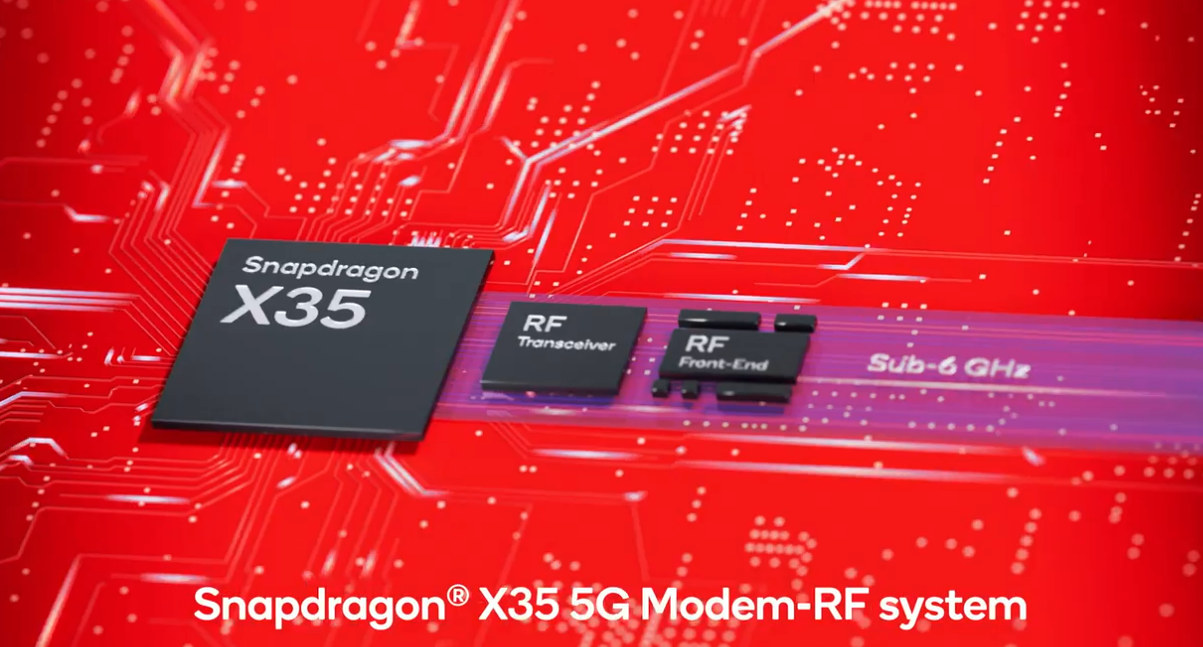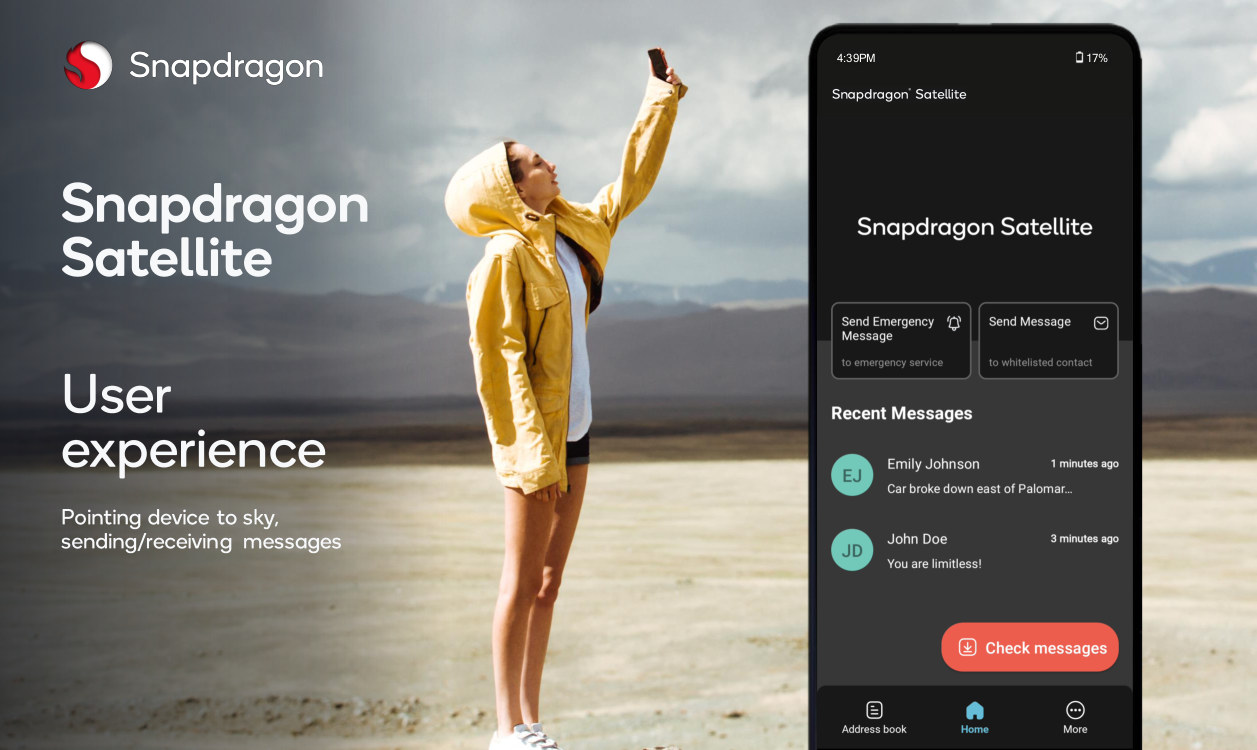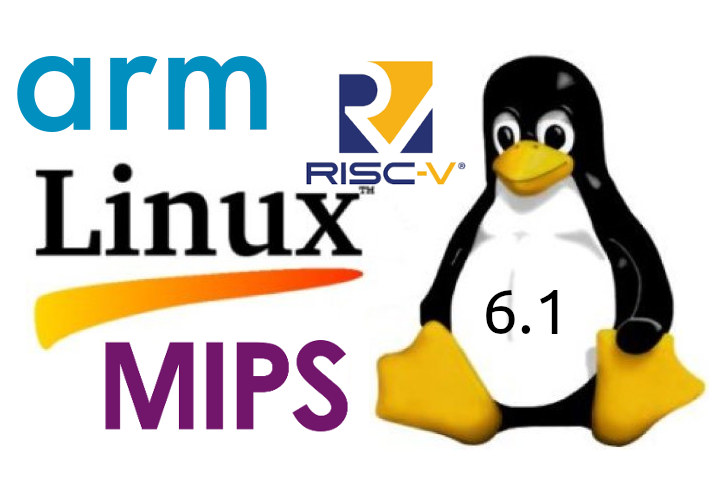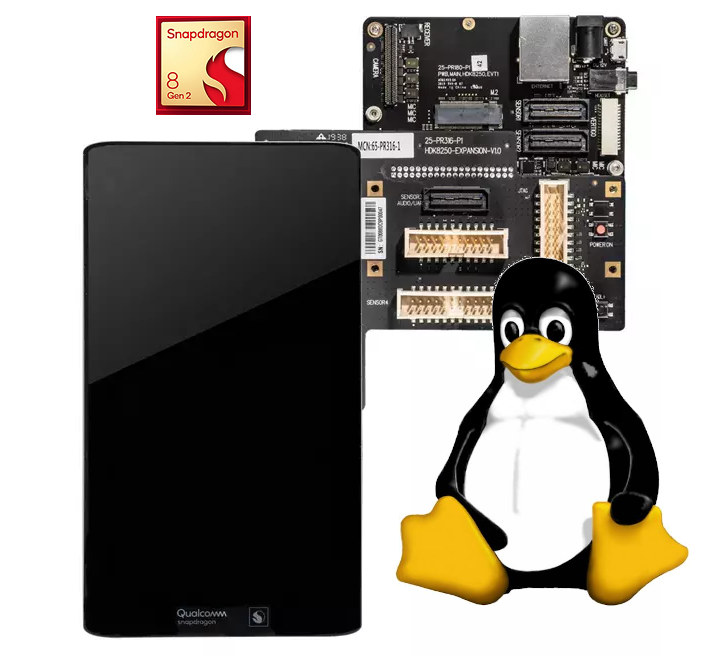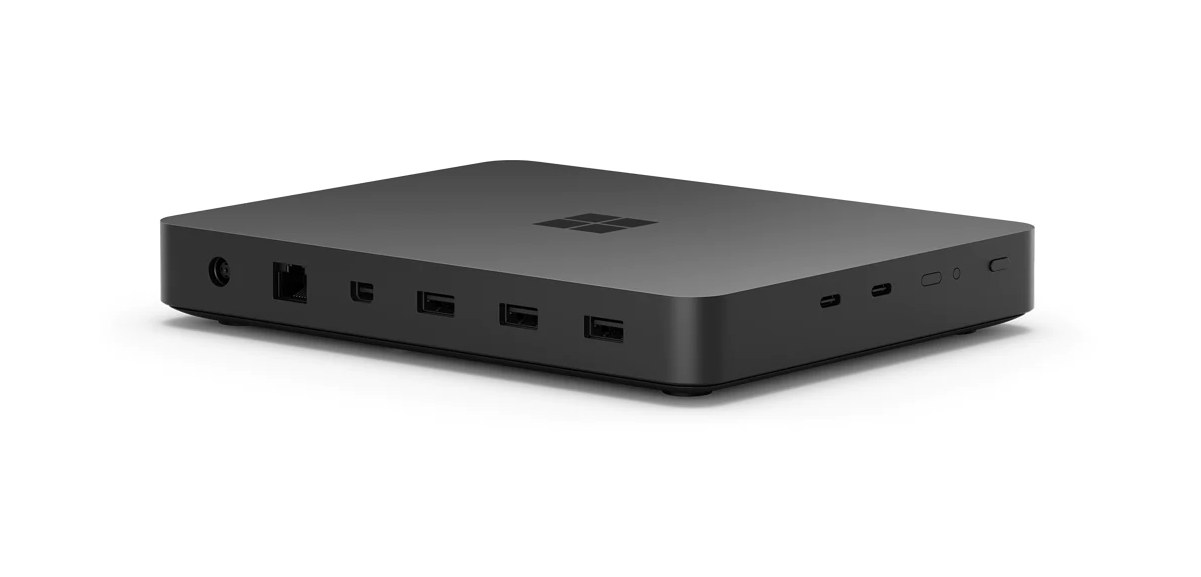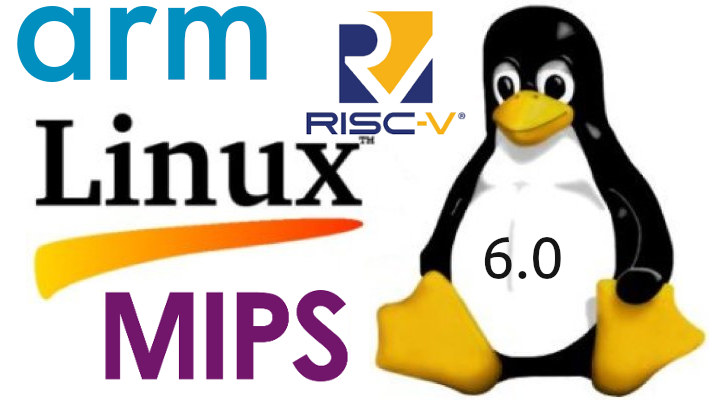Linux 6.2 has just been released with Linus Torvalds making the announcement on LKML as usual: So here we are, right on (the extended) schedule, with 6.2 out. Nothing unexpected happened last week, with just a random selection of small fixes spread all over, with nothing really standing out. The shortlog is tiny and appended below, you can scroll through it if you’re bored. Wed have a couple of small things that Thorsten was tracking on the regression side, but I wasn’t going to apply any last-minute patches that weren’t actively pushed by maintainers, so they will have to show up for stable. Nothing seemed even remotely worth trying to delay things for. And this obviously means that the 6.3 merge window will open tomorrow, and I already have 30+ pull requests queued up, which I really appreciate. I like how people have started to take the whole “ready for […]
Snapdragon X75 modem brings 5G Advanced to smartphones, IoT, and FWA routers
Qualcomm Snapdragon X75 is the latest 5G Modem-RF System from the company bringing 5G Advanced connectivity to smartphones, PCs, industrial IoT, vehicles, and 5G Fixed Wireless Access (FWA) routers. 5G is getting more confusing than ever, as after just having launched a 5G NR-Light modem for smartwatches, industrial IoT, and XR glasses, Qualcomm introduced the first “5G Advanced” modem with the Snapdragon X75 targetting a wide range of applications that benefit from the improvements in speed, coverage, mobility, power efficiency, etc… made possible by the 5G NR Release 18. Snapdragon X75 key features and specifications: Cellular Technology – 5G NR, LTE, LAA, WCDMA, TD-SCDMA, GSM/ Edge, CBRS, Dynamic Spectrum Sharing (DSS), EN-DC, NR-DC, mmWave, sub-6 GHz 5G Spectrum – mmWave-sub6 aggregation, sub-6 carrier aggregation (FDD-TDD, FDD-FDD, TDD-TDD), FDD-TDD support for uplink-CA, Dynamic Spectrum Sharing (DSS) 5G Modes – FDD, TDD, SA (standalone), NSA (non-standalone) Up to 10CC aggregation in mmWave, […]
Qualcomm Snapdragon X35 modem to bring 5G NR-Light to smartwatches, industrial IoT, XR glasses
Only a few years ago, 5G was only found in premium smartphones, but with the launch of the Snapdragon X35, Qualcomm aims to bring 5G cellular connectivity to wearables, industrial IoT applications, and eXtended Reality (XR) glasses. The Snapdragon X35 specifically supports 5G NR-Light, aka RedCap, which is described as ” a new class of 5G” that “fills the gap in between high-speed mobile broadband devices and extremely low-bandwidth NB-IoT devices” and delivers link rates of up to 220 Mbps. Snapdragon X35 modem key features and specifications: Cellular Technology: 5G NR-Light, FDD, SA (standalone), TDD, sub-6 GHz, HD-FDD, LTE Multi-Mode NR – Sub-6 SA, LTE Cat 4 3GPP Release 17 “RedCap” modem Number of Antennas: 1 Tx antenna, 2 Rx antennas Cellular Modem-RF Specs: 20 MHz bandwidth (sub-6 GHz), 1RX/2RX, 1TX, and Half-Duplex FDD (HD-FDD) Calling Services: VoLTE, VoNR Peak Upload QAM – 64 QAM Peak Upload Speed: 100 Mbps […]
Qualcomm Snapdragon Satellite enables two-way messaging using the Iridium network
You may soon be able to get true global coverage even in remote areas thanks to Qualcomm Snapdragon Satellite which will offer pole-to-pole coverage and two-way messaging for emergency use, SMS texting, and other messaging applications. Qualcomm made this possible through a partnership with Iridium to bring satellite-based connectivity to next-generation premium Android smartphones starting with devices based on Snapdragon 8 Gen 2 Mobile Platform, while emergency messaging support was done in collaboration with Garmin. You’ll just need to point your phone to the sky to send and/or receive messages, and the connection should take place within a few seconds. Note it can only be used for text, and the bandwitdh would not be sufficient for audio, pictures, and videos. The solution relies on Snapdragon 5G Modem-RF Systems such as the Snapdragon X70 modem to connect to the Iridium low-earth orbit satellite constellation using the L-band spectrum (1 to 2 […]
Linux 6.1 LTS release – Main changes, Arm, RISC-V and MIPS architectures
Linus Torvalds announced the release of Linux 6.1, likely to be an LTS kernel, last Sunday: So here we are, a week late, but last week was nice and slow, and I’m much happier about the state of 6.1 than I was a couple of weeks ago when things didn’t seem to be slowing down. Of course, that means that now we have the merge window from hell, just before the holidays, with me having some pre-holiday travel coming up too. So while delaying things for a week was the right thing to do, it does make the timing for the 6.2 merge window awkward. That said, I’m happy to report that people seem to have taken that to heart, and I already have two dozen pull requests pending for tomorrow in my inbox. And hopefully I’ll get another batch overnight, so that I can try to really get as […]
Qualcomm Snapdragon 8 Gen 2 SoC gets upstream Linux support
Qualcomm unveiled the Snapdragon 8 Gen 2 mobile platform just a few days ago, but Linaro has just announced that Linux was already upstreamed to the premium mobile SoC featuring a 3.2 GHz Arm Cortex-X3 “Prime” core, four performance cores at up to 2.8 GHz, and three Efficiency cores clocked at up to 2.0 GHz. Most of the work was done by Linaro Engineers Abel Vesa and Neil Armstrong with initial support posted on November 16th on the Linux kernel mailing list, and with the set of patches released so far, it is even possible to boot a minimal AOSP image on a Snapdragon 8 Gen 2 development kit shown below which should be manufactured by Lantronix, if history is any guide. The following features are enabled in mainline Linux for the Qualcomm 8 Gen 2 processor, codenamed SM8550: Qualcomm Kryo CPUs with DVFS and Power Control support System – […]
$600 Windows Dev Kit 2023 is powered by Qualcomm Snapdragon 8cx Gen 3 processor
Microsoft has just introduced the Windows Dev Kit 2023, that’s basically a Windows 11 Arm mini PC powered by a Qualcomm Snapdragon 8cx Gen 3 processor designed for developers of Windows programs. Previously known as “Project Volterra”, the system comes with 32GB RAM, 512GB NVMe storage, mini DP video output, Ethernet, WiFi 6, and Bluetooth 5.1 connectivity, as well as five USB 3.2 Gen 2 ports, and more. Windows Dev Kit 2023 specifications: SoC – Qualcomm Snapdragon 8cx Gen 3 compute platform with CPU – 4x 3.0 GHz Prime cores, 4x 2.4 GHz Efficiency Cores GPU – Unnamed Adreno GPU with DirectX 12 (DX12) API support DSP – Qualcomm Hexagon Processor, Qualcomm Sensing Hub AI – Qualcomm Neural Processing Engine SDK support for AI (up to 29+ TOPS) System Memory – 32GB LPDDR4x RAM Storage – 512GB NVMe SSD Video Output – Mini DisplayPort (mini DP) with support for HBR2 […]
Linux 6.0 release – Main changes, Arm, RISC-V, and MIPS architectures
Linux 6.0 has just been released by Linus Torvalds: So, as is hopefully clear to everybody, the major version number change is more about me running out of fingers and toes than it is about any big fundamental changes. But of course there’s a lot of various changes in 6.0 – we’ve got over 15k non-merge commits in there in total, after all, and as such 6.0 is one of the bigger releases at least in numbers of commits in a while. The shortlog of changes below is only the last week since 6.0-rc7. A little bit of everything, although the diffstat is dominated by drm (mostly amd new chip support) and networking drivers. And this obviously means that tomorrow I’ll open the merge window for 6.1. Which – unlike 6.0 – has a number of fairly core new things lined up. But for now, please do give this most […]


